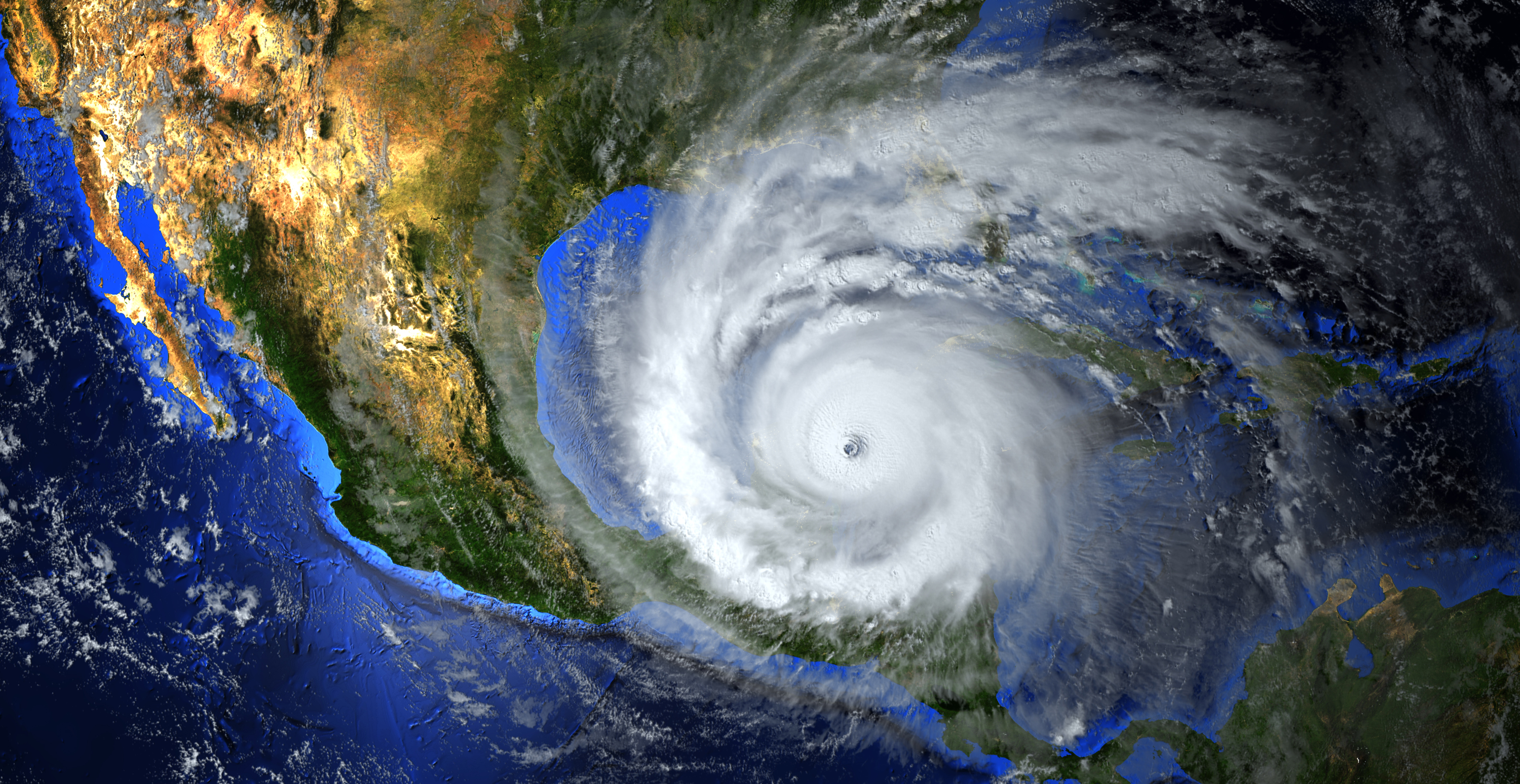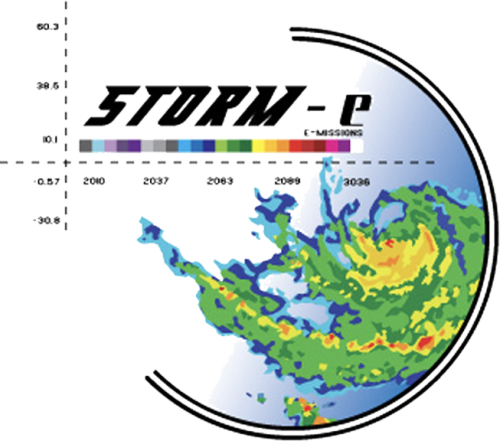Storm-e (New York City version)
Student Site
Radar Imagery - Scattering of a Radar Pulse
When the electromagnetic pulse encounters a target (image a), the pulse is scattered in all directions
(image b). The signal received is much weaker than the original sent from the transmitter.
This is called the return signal (image c).
Several factors affect how strong the return signal is. The larger the target, the stronger the return signal. For example, if a radar pulse encounters a large piece of hail, it will send back a stronger signal than if it struck a small raindrop.
Also, the more targets there are to scatter the pulse, the stronger the return will be. That's because the return signals from each target combine to produce a stronger signal. This means that many raindrops will produce a stronger return than a few raindrops.
Meteorologists use the term "reflectivity" to describe the strength of the return signal. They use a color scale to measure reflectivity. Heavy precipitation produces a strong return signal. It would be indicated by a color at the high end of the reflectivity scale. Light precipitation produces a weak return signal. It would be indicated by a color at the low end of the reflectivity scale.

